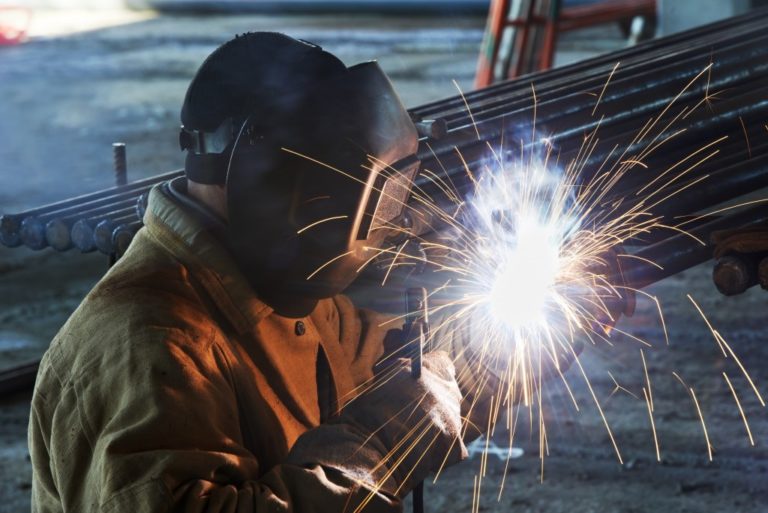While workers in all industries are exposed to various levels of hazards, some of the most severe ones exist in the welding sector. The tools and techniques welders use place them at considerable risk of diseases and injuries.
Chemical exposure, fire hazards, noise, burns, electrical shock and body injuries are some of the common risks in the welding industry. Though there are now different types of safety gear for welding on the market, this does not make all of them ideal for your tasks.
Your first step is identifying the hazards you are exposed to, depending on your welding technique and environment. The following are the essentials you should pick for body protection when welding.
Jackets
The material you will choose for your welding jacket primarily depends on your weld type. For light-duty welding, cotton jackets are the ideal choice. These come in engineered and treated flame-resistant materials.
They spare your skin from the welding heat while minimising the unnecessary weight that will affect the handling of your task. Leather jackets are typically used for heavy and medium-duty welding. While they offer optimal protection and durability, they often get incredibly hot and uncomfortable.
To this end, some manufacturers have welding jackets featuring leather and cotton. The leather is used for the areas most exposed to heat while the fire-resistant cotton is used elsewhere.
Aprons

These are meant for the protection of your torso from the heat and sparks that come with welding. In most cases, aprons are combined with sleeves to keep the arms protected. They extend from the chest to the legs and are made from a sturdier material compared to that used for jackets.
Aprons feature an open back and will thus not restrict your mobility as full suits will. The aprons also come with utility pockets to ease your work.
Welding Sleeves
These are used as an alternative to welding jackets. They are usually worn together with gloves and aprons. Welding sleeves are made of fireproof fabrics ranging from leather to heavy suede and extend from the wrists to the shoulders.
A variety of sleeves known as the welding gauntlets have in-built gloves. They are the best choice for tasks that call for considerable arm movement since the wearers’ shoulders will not be as restricted as they would in a welding jacket.
Kneepads
Most welders will spend a large portion of their time kneeling on rough surfaces. Kneepads are essential for the protection of the knees in this case and to ease the task at hand. Welding kneepads have a hard outer cover and interior cushions to make the work position less stressful for a wearer’s knees.
The above body protection components have been around for ages, but few welding shops see the need for investing in them believing all they need are gloves and a helmet. For them, their clothes will offer as much protection as any of the above items.
Your everyday clothes are nonetheless not fire-resistant and might catch welding sparks and cause deadly burns. Thankfully, the body protection components detailed above are inexpensive and have minimal impact on your welding.




